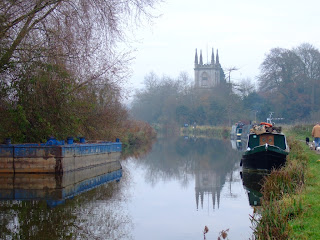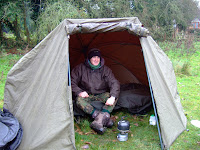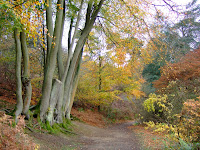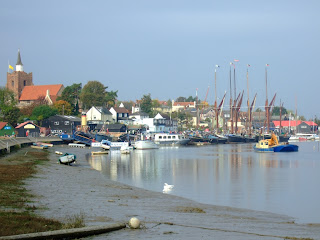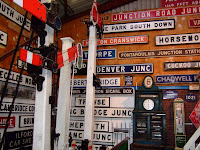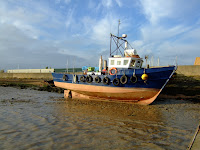 The area where today’s walk was based is a success story in terms of the restoration of the Red Kite population and it is not really a matter of whether or not you may spot one, but how many you can see at any one moment.
The area where today’s walk was based is a success story in terms of the restoration of the Red Kite population and it is not really a matter of whether or not you may spot one, but how many you can see at any one moment.

As we crested the ridge by Cobstone Mill there were three or four Kites cavorting in the valley below us: they really are quite magnificent flyers, having a wingspan of almost two metres.
 Other wildlife spotted were the deer. For the first time we saw two deer crossing the road as we drove in, while on the walk we spotted at least another six. Unfortunately their sense of our presence is so much keener than our sense of their presence that we do not have any photos to prove they were there. However, we did manage to get a snap of a Kite soaring over the school at Ibstone as we finished the walk.
Other wildlife spotted were the deer. For the first time we saw two deer crossing the road as we drove in, while on the walk we spotted at least another six. Unfortunately their sense of our presence is so much keener than our sense of their presence that we do not have any photos to prove they were there. However, we did manage to get a snap of a Kite soaring over the school at Ibstone as we finished the walk. Below Cobstone Mill is the attractive village of Turville where the TV series The Vicar of Dibly is set. It is also frequently used as a set in Midsummer Murders.
Below Cobstone Mill is the attractive village of Turville where the TV series The Vicar of Dibly is set. It is also frequently used as a set in Midsummer Murders.
